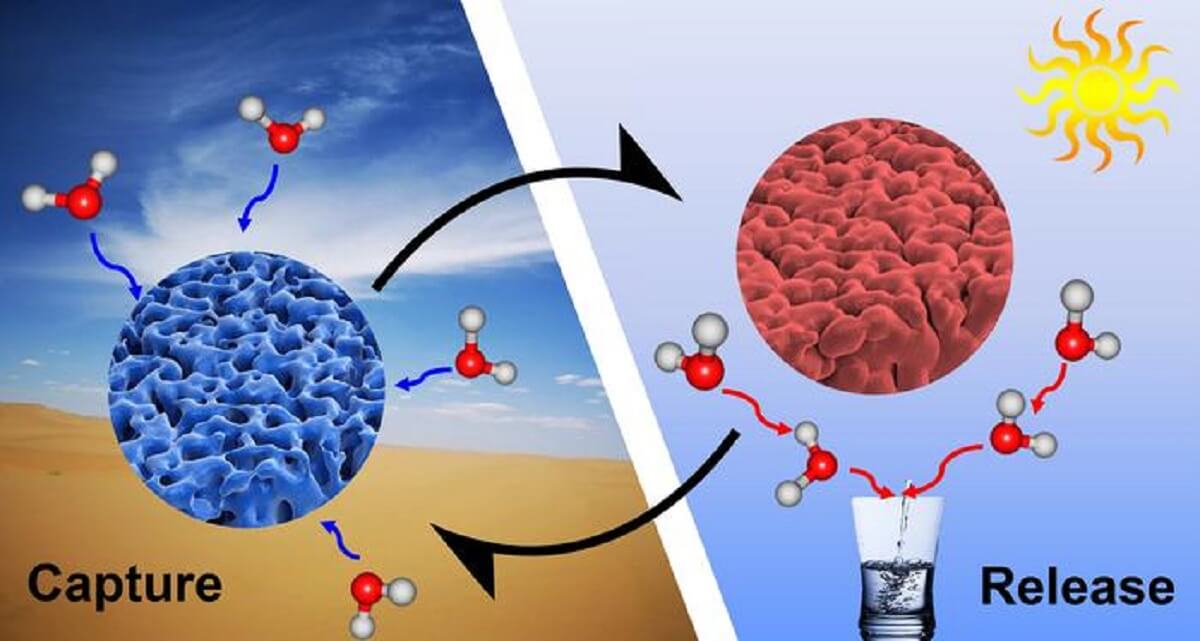WASHINGTON — A new device that extracts water from the air using solar power offers a potential solution for the world’s driest regions, scientists say. This atmospheric water harvesting technology utilizes a super hygroscopic gel known for its exceptional ability to swell and trap salt.
The prototype, equipped with desorption and condensation chambers, has shown remarkable efficiency in capturing clean water, even under weak sunlight.
This innovation, spearheaded by researchers from China’s Shanghai Jiao Tong University, promises to aid water-stressed countries, where over 2.2 billion people face severe water scarcity. With the United Nations reporting that water-related diseases claim 3.5 million lives annually, this technology could be crucial for regions with abundant sunshine but limited clean water.
Previous efforts in similar technology faced challenges, particularly when adding salt to hydrogels, which reduced their water absorption capacity due to a “salting-out” effect. However, this new gel, made from plant derivatives and hygroscopic salts, successfully absorbs and retains significant amounts of water while minimizing salt leakage. Remarkably, one kilogram of this dry gel can absorb up to 1.18 kilograms of water in dry environments and 6.4 kilograms in humid ones. Its simple and cost-effective production makes it ideal for widespread use.

“This atmospheric water harvesting technology can be used to increase the daily water supply needs, such as household drinking water, industrial water, and water for personal hygiene,” says one of the study authors, Dr. Ruzhu Wang, in a media release. “We were impressed that even when up to five grams of salt was injected into one gram of polymer, the resulting gel maintained good swelling and salt-trapping properties.”
The team’s prototype, which includes a turbofan in the condensation chamber to enhance water recovery, demonstrated over 90 percent efficiency in reclaiming released water. It effectively gathered water throughout the day, even when sunlight was minimal, indicating its potential for daytime water collection.
The researcher’s next goal is to improve the system by enabling simultaneous water adsorption and desorption using renewable energy, thereby maximizing the daily water yield per unit of adsorbent. This technology could also be beneficial for dehumidification, agricultural irrigation, and thermal management in electronic devices, broadening its potential applications beyond water production.
The study is published in the journal Applied Physics Reviews.
You might also be interested in:
- Star Trek-style ‘replicator’ harvests water from thin air to make clean fuel
- Help from humidity? Scientists discover how to harvest drinking water from thin air
- New Star Trek-style device harvests clean energy out of thin air
South West News Service writer James Gamble contributed to this report.

A more successful version of a machine that extracts moisture from seemingly arid air was developed a while back by Israel, which donated and deployed these machines in various communities in Africa. There are actually 3 of them currently being used in Gaza, where they had been donated and placed by Israel previously, to help the citizens of Gaza have access to clean water.